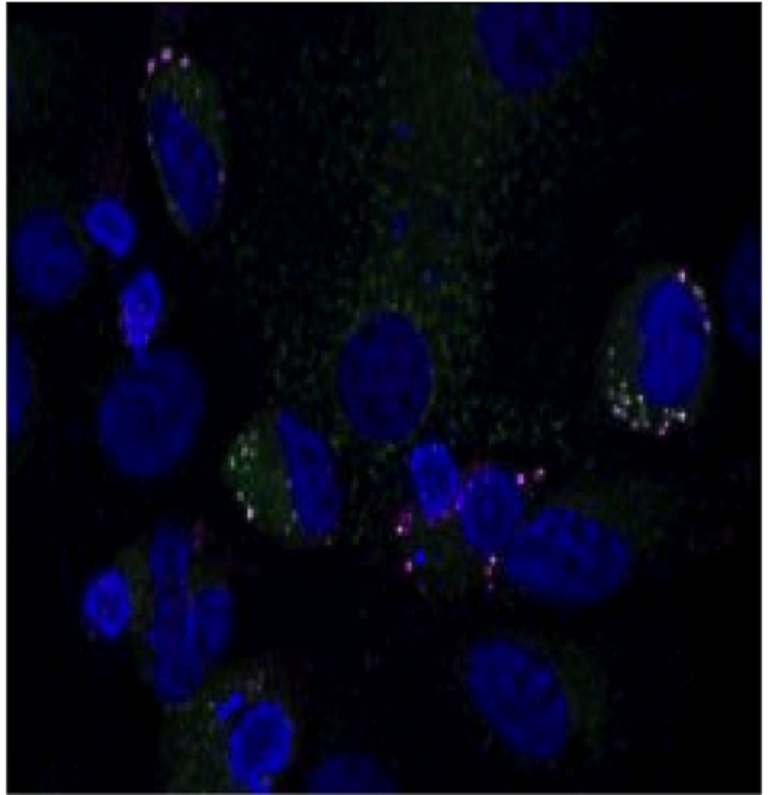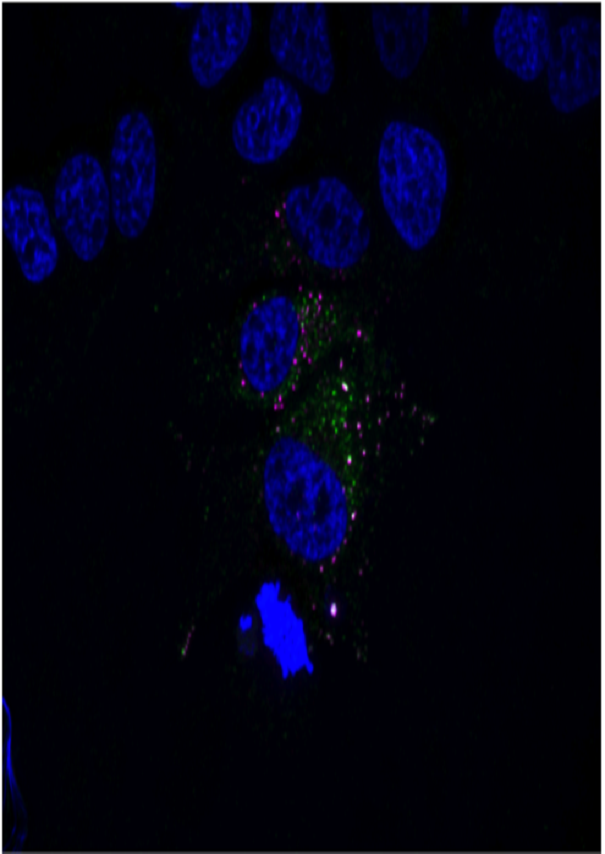A novel cell culture system to study the oncogenic potential of HCVs.
Clinical studies have shown that patients with the R70Q and L91M mutations in their genotype 1b core gene are 5-fold more likely to develop hepatocellular carcinoma (HCC) than those infected with the wild-type 1b core. Surprisingly, there has been an absence of supporting laboratory data. We developed a cell culture system for testing the impact of high-risk HCV on expression of cancer-related molecular pathways by utilizing Huh7 cells cultured long-term in media containing human serum. In this system, we found that the matched viruses with and without the high-risk mutations were indistinguishable in their virological properties; however, cells replicating the high-risk variant had an enhancement of gene pathways associated with oncogenesis compared to cells replicating the control HCV (El Shamy et al., J Hepatol, in press). Read more in our paper: El Shamy et al., J Hepatol, in press!


Minicores: a new family of HCV core protein isoforms
In experimental systems, we previously discovered a new family of HCV core protein isoforms called minicores (Eng et al., JVI, 2009) that lack the N-terminus of p21 core. We have recently found that HCV minicores are released into patients’ blood. Additionally, cells cultured in human serum secrete large quantities of minicores through a process that is not dependent on infectious virion production. The low density of secreted minicores indicates that they may be part of lipoviroparticles. Experiments are underway to investigate the biological effects of secreted minicores. Read more in our paper: Eng et al., JVI, 2009!
HCV creates a genome-length, double-stranded RNA
HCV establishes persistent infection despite triggering a robust interferon-induced anti-viral response. Interferon-based regimens as well as direct-acting antiviral (DAA) drugs are used to treat HCV. Regardless of the regimen, HCV RNA can be undetectable in blood for months only to reappear after treatment ends, causing relapse. Using a novel approach, we found that HCV dsRNA is the predominant form of viral RNA in the liver of HCV-infected patients. HCV can respond to IFN by producing a genome-length viral dsRNA. This dsRNA is a key target of ribavirin. The development of DAAs that target viral dsRNA might improve treatment for HCV and other viruses.


